 |
 |
 |
 |
 |
 |
|
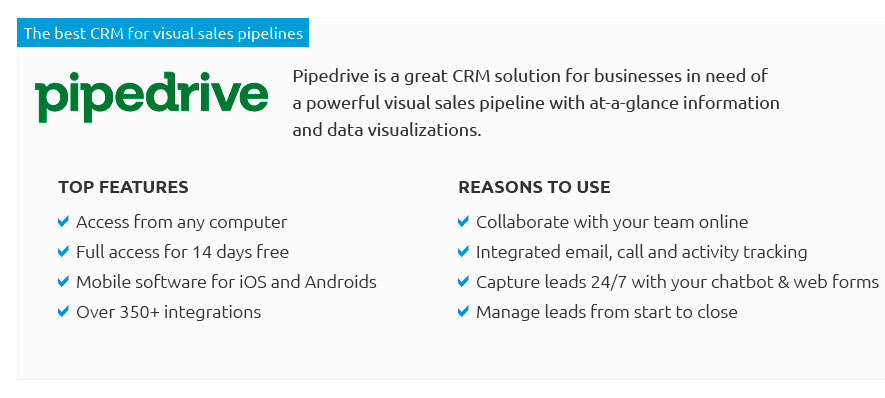 |
|
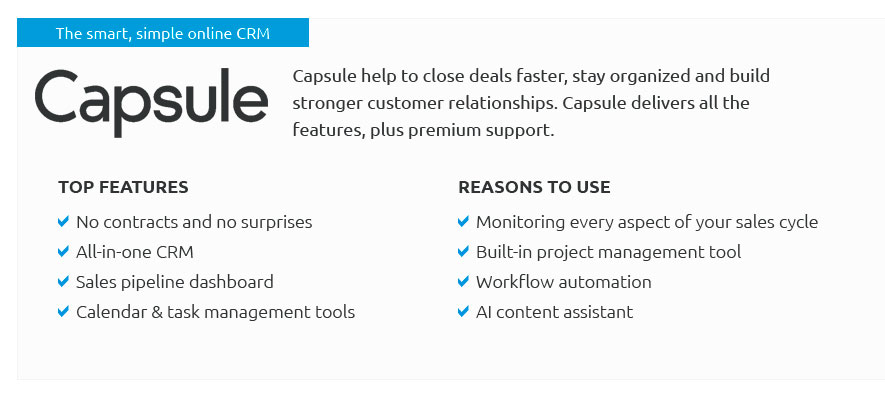 |
|
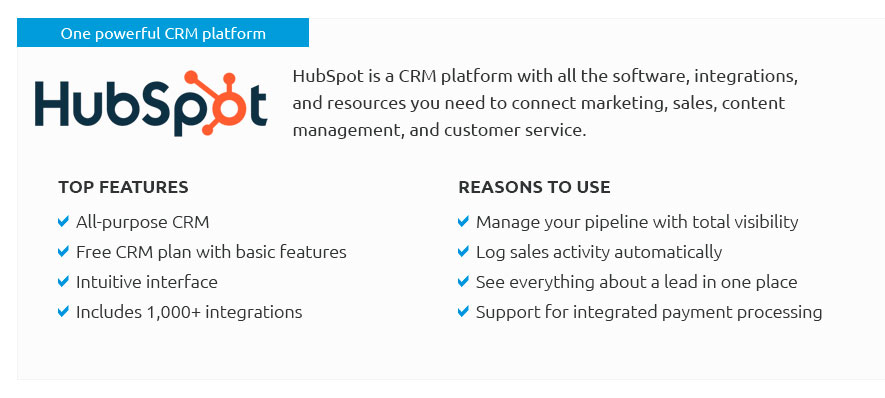 |
|
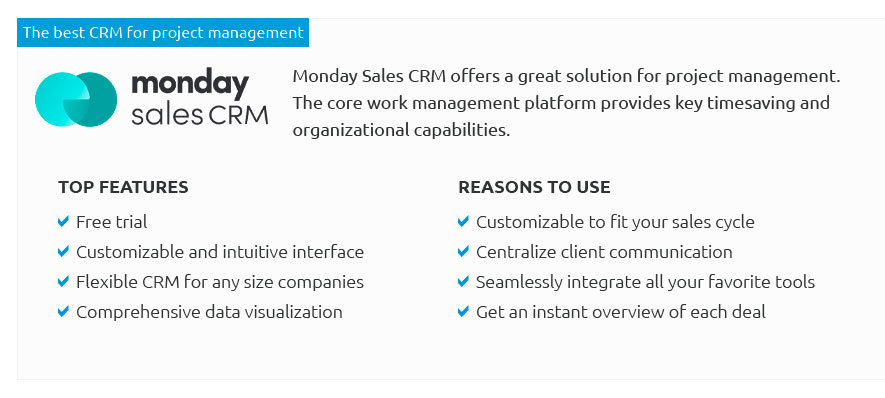 |
|
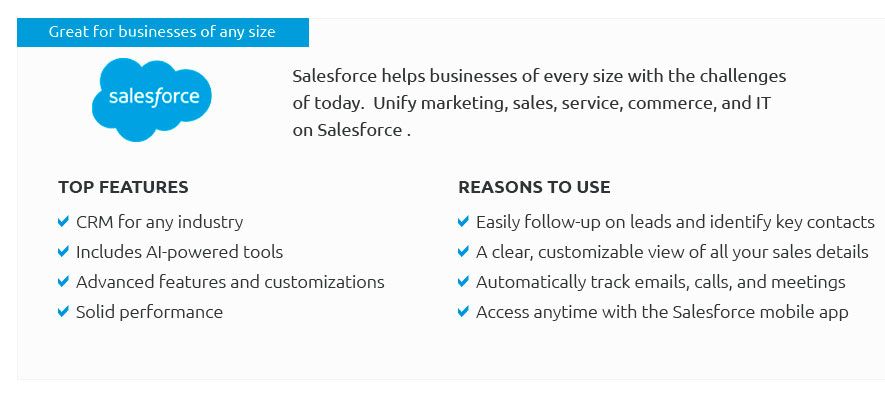 |
|
 |
 |
|
d3dj6sr8js Understanding CRM Software Architecture: A Comprehensive GuideCustomer Relationship Management (CRM) software has become the backbone of modern businesses, facilitating an efficient and organized approach to managing customer interactions. But what lies beneath the surface of these powerful tools is a sophisticated architecture that ensures seamless operations. In this article, we will delve into the nuances of CRM software architecture, providing a thorough understanding of its components and how they harmonize to deliver a cohesive user experience. Defining CRM Software Architecture At its core, CRM software architecture refers to the structural design that supports the software's functionality. It encompasses the arrangement of various modules and components, enabling efficient data flow and integration with other systems. The architecture must be robust yet flexible, accommodating the evolving needs of a business and its customer base. Components of CRM Architecture
Architectural Patterns in CRM Software Several architectural patterns are commonly employed in CRM software to achieve scalability, reliability, and performance. One popular pattern is the three-tier architecture, which separates the presentation, application, and data layers, allowing each to be managed independently. Another notable pattern is microservices architecture, where the software is divided into small, independent services that can be developed, deployed, and scaled individually. This approach offers greater flexibility and resilience, particularly for larger enterprises with complex CRM needs. Choosing the Right Architecture The choice of CRM software architecture depends on several factors, including the size of the organization, the complexity of its operations, and its technological infrastructure. Small to medium-sized businesses may find a simpler, monolithic architecture sufficient, providing ease of use and cost-effectiveness. In contrast, larger enterprises with intricate processes may benefit from adopting microservices architecture, despite its higher complexity and implementation costs. Subtle Opinions and Considerations While the decision on architecture should be based on objective criteria, there is an argument to be made for considering future growth and technological trends. As businesses increasingly move towards digital transformation, investing in a scalable and adaptable CRM architecture could yield long-term benefits. Furthermore, with the rise of artificial intelligence and machine learning, CRM systems with modular architectures may better accommodate these advanced technologies, offering a competitive edge in customer relationship management. Conclusion In conclusion, the architecture of CRM software is a critical determinant of its effectiveness and efficiency. By understanding the components and patterns that define CRM architecture, businesses can make informed decisions that align with their strategic goals. As technology continues to evolve, so too must the architectures that underpin these essential business tools, ensuring they remain relevant and capable of meeting the challenges of tomorrow. https://capsulecrm.com/industries/crm-for-architects/
If you're still exploring the various possibilities a CRM offers, then Capsule is the ideal platform for you. Our free version is available for architecture ... https://thepulsespot.com/blog/small-business-success/13-critical-components-of-crm-architecture-for-businesses-3-3
A CRM architecture is essential for a successful customer relationship management system. It outlines the strategy, structure, and processes necessary for ... https://www.reddit.com/r/architecture/comments/17b0cwc/what_crm_system_are_architects_using/
I think Unanet and Cmap also have CRM tools. The advantage to the all-in-one solutions like CORE or Deltek is that your CRM data seamlessly ...
|